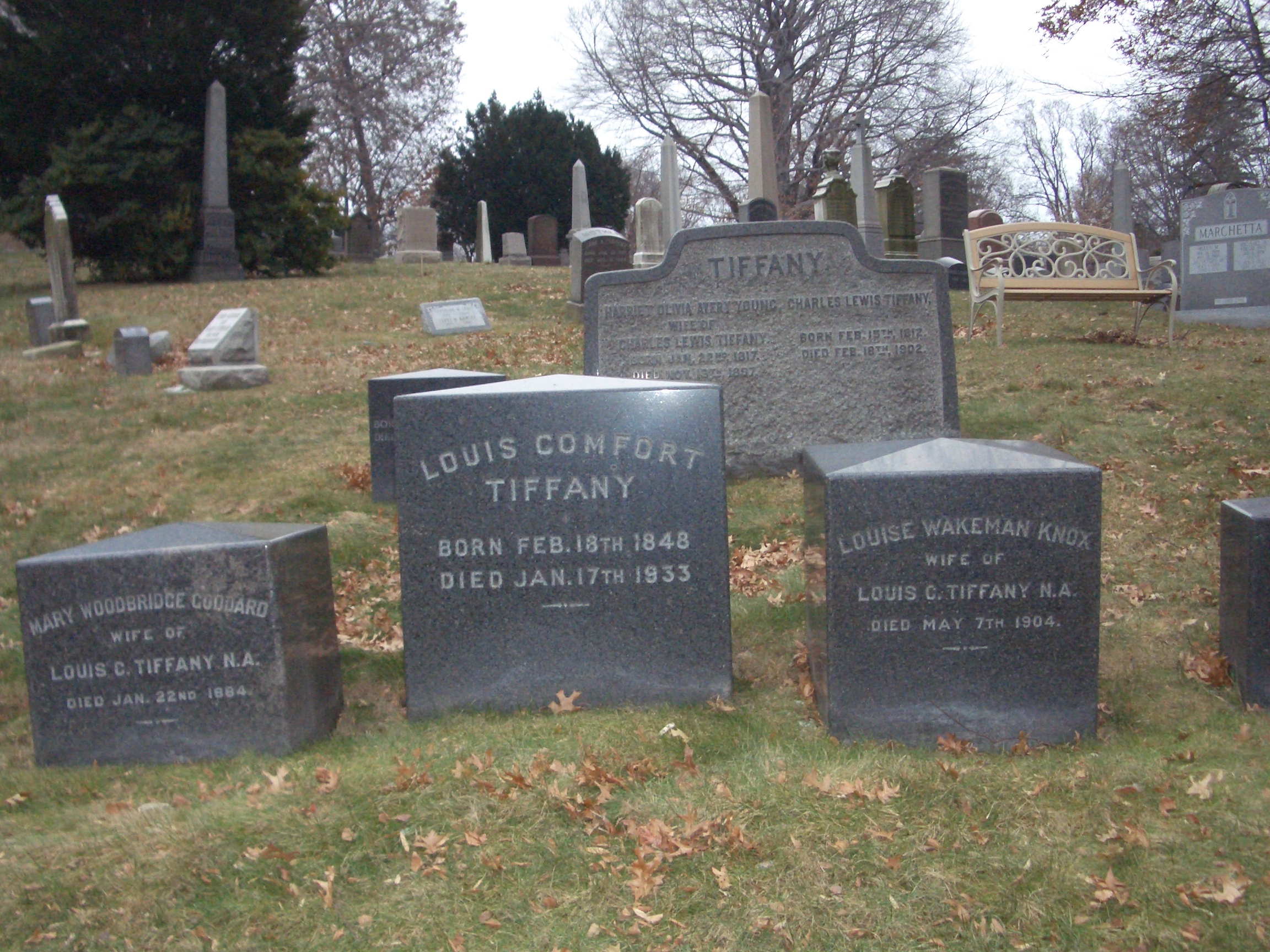Louis Comfort Tiffany: More Than Lamps
It seems that Louis C. Tiffany was quite the party animal, throwing lavish parties—sometimes for 1,000 people—-at Laurelton Hall, his 100-room estate set on 580 acres in Oyster Bay, LI. The invitations were proffered by scrolls, often written in hieroglyphics, and guests were—-more often than not—-requested to attend in costume.
Louis Comfort Tiffany died in 1933, but Laurelton Hall lived on, serving as a haven for artists per Tiffany’s wishes. Sadly, in 1957, the mansion burned down in a mysterious fire, the origin of which has never been discovered. Much of the contents of Tiffany’s home were destroyed. One of these, (seen above) was Tiffany's prized work "The Bathers" created in 1914 to much controversy, and inadvertently smashed by firefighters trying to gain entrance. What could be salvaged can be seen in the Charles Hosmer Morse Museum of American Art in Winter Park, Fla.
Looking at photos of Laurelton Hall, one cannot help but wonder about the contrast between this magnificently whimsical property and the utilitarian monument marking his grave. It is also interesting to note that Tiffany, who was married twice, is buried between both the wives he outlived.





.jpeg)


Comments
Post a Comment